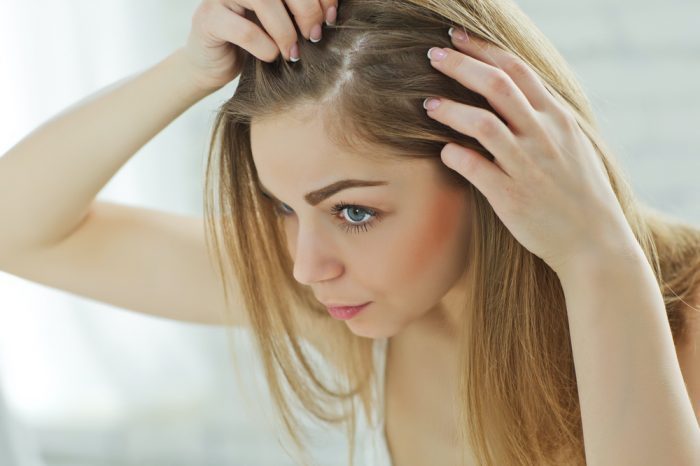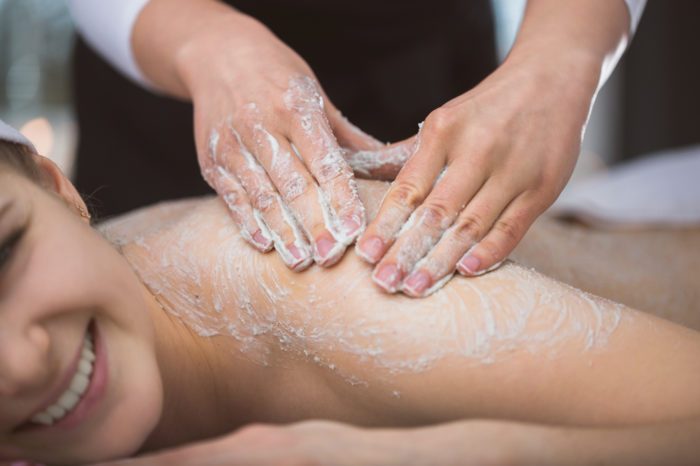Hemp cosmetics are lining the shelves and here’s the latest research on that.
Move over retinol and hyaluronic acid — hemp is the big new trend in beauty. Hemp cosmetics are lining the shelves at beauty salons, mani-pedi parlors, and international beauty suppliers like Sephora. But, before hemp, many other beauty trends haven risen and fallen in popularity.
So, is there any truth to the hype around CBD-based skin care and makeup?
The Growing Trend of Hemp Cosmetics
Just how big is the global CBD skincare market? According to Cindy Deily, Vice-President of Skincare Merchandising for Sephora, online searches on Sephora.com for “CBD” have grown 1000 fold since 2018. Evidently, consumers are ravenous for hemp cosmetics. In 2018, the market was $710 million, and by 2024 the numbers are projected to reach just shy of a billion dollars worldwide.
The managing director of Prohibition Partner, Stephen Murphy, stated in an interview for Cosmetic Design Europe, “Thus far, the disruption we’ve seen in the beauty industry is nothing short of remarkable, attracting attention from high-street retailers, global brands, and indie-entrepreneurs.”[1]https://www.cosmeticsdesign-europe.com/Article/2020/01/28/Global-CBD-skin-care-market-size-worth-870.5m-by-2024-with-indie-beauty-fuelling-growth
This is certainly true. Sephora has CBD-based products in a growing number of its US stores, and in over 900 locations across Europe. Allure and Cosmopolitan magazines are talking about it, not to mention the flood of influencers backing hemp cosmetic products. Even Colgate, a toothpaste brand, recently announced the launch of a hemp-based oral care line of products.
Hemp cosmetics are everywhere, but the science-backed evidence hasn’t yet caught up with the buzz. Further, with CBD infused into face serums, hair care products, lipsticks, and even nail care, is this inundation going to over saturate the market?

What’s the Deal with Cannabinoids in Topicals?
There are over 3,200 patents filed for variations of CBD topicals, as listed on Google Patents, and several interesting preliminary or animal-based studies. This initial understanding of how cannabinoids work through skincare paves the way for robust scientific research. Consequently, the early work is still quite limited.
The foundation underlying the hemp cosmetic trend is the endocannabinoid system. This system works in the body to regulate mood, memory, pain, inflammation, and more. Increasingly researchers are comprehending the significant influence the endocannabinoid system has on skin health.
In 2018, Carmen Del Río and Estrella Millán, et al. wrote “The Endocannabinoid System of the Skin. A Potential Approach for the Treatment of Skin Disorders.” The work is accessible online in Biochemical Pharmacology. In their assessment, the endocannabinoid system plays a “relevant role” in the management of skin and skin disorders. They summarized evidence about how “the dysregulation of [the endocannabinoid system] has been associated to dermatological disorders such as atopic dermatitis, psoriasis, scleroderma and skin cancer.”[2]Río, C. D., Millán, E., García, V., Appendino, G., DeMesa, J., & Muñoz, E. (2018). The endocannabinoid system of the skin. A potential approach for the treatment of skin disorders. … Continue reading
Theoretically then, better regulation of the endocannabinoid system would help reduce the symptoms of these skin disorders.
How Do Cannabinoids Medicate?
Cannabinoids naturally interact within the mammalian endocannabinoid system for therapeutic effect. Most of the most popular methods of consumption (like smoking, vaping, and edibles) are useful but have a surprisingly low bioavailability. Topical applications seem to improve the absorption of these cannabis-derived compounds.
Cannabinoids are lipophilic compounds, meaning they don’t play well with water-based systems like the human body. But, when infused into a topical treatment, researchers have found that the absorption rate increases substantially. As the researchers behind “Human Cannabinoid Pharmacokinetics,” published in Chemical Biodiversity found, skin-based applications improve the plasma absorption rate of THC, CBD, and CBN.[3]Huestis M. A. (2007). Human cannabinoid pharmacokinetics. Chemistry & biodiversity, 4(8), 1770–1804. https://doi.org/10.1002/cbdv.200790152.
Why is the fat-loving nature of cannabinoids valuable in skincare? Generally, skin maintains a layer of protective lipids (fats), allowing for easy absorption of lipophilic compounds like cannabinoids. The permeable oily layer of the skin is why most skin care products today are oil-based.
But, as is often the case in beauty, early scientific findings have been translated into big claims about benefits. Hemp cosmetics products often claim rejuvenation, hydration, and more, but are any of these claims true?

The Hype About Cannabis Cosmetics
Let’s examine some of the claims made by beauty brands using hemp as a primary ingredient.
- From Sephora, the product page for Peter Thomas Roth’s “Green Releaf Calming Oil” describes it as “A calming facial elixir with hemp-derived cannabis sativa seed oil that helps relieve the look of inflammation and redness.”
- Herbivore Botanicals sells “Emerald CBD + Adaptogens Deep Moisture Glow Oil” which claims to “soothe stressed-out skin in need of calm and relief from redness, irritation, and environmental stressors.”
- Further, and as a final example, Lord Jones, a premium CBD-based cosmetics brand, advertises their “High CBD Formula Body Oil” as “a soothing, deeply penetrating body oil that will leave your skin looking radiant and aglow.”
Can CBD and hemp-based products provide soothing, radiating, and calming effects? Basically, much of the jargon in the beauty industry is carefully crafted hype, based on scientific suggestions, not well-studied facts.
Given more time, investment, and published findings, these claims may be validated. Regardless, it’s far too early to tell at this point.
The Truth About Cannabis Cosmetics
Since the CBD boom began, consumers everywhere have been more and more excited about the potential of cannabis. People look to it for everything from its potential in medical applications, to its recreational buzz, to the possible beauty benefits.
Unfortunately, the hydration and rejuvenation many hemp cosmetic companies claim does not yet have the proof of robust, well-controlled, studies. Based on the current body of research, cannabinoids like THC and CBD do show immense potential for skin treatments, like psoriasis and acne, but these are from preliminary studies.
Accordingly, the truth about cannabinoids in skincare is that topical routes of administration seem superior in terms of bioavailability. Another truth? CBD and other cannabinoids may help reduce inflammation, irritation, pain, and redness, as some reviews like “Topical Cannabinoids in Dermatology,” recently published in Cutis suggest.[4]Hashim, P. W., Cohen, J. L., Pompei, D. T., Goldenberg, G., Hou, J. L., Brewer, J. D., … Ba. (2019, May 24). Topical Cannabinoids in Dermatology. Retrieved February 26, 2020, from … Continue reading
However, on the flip side, much of the hype around hemp cosmetics is missing long term scientific study. The bottom line is that many beauty companies are making claims for marketing purposes, but we need more robust studies to claim these as fact.
References




